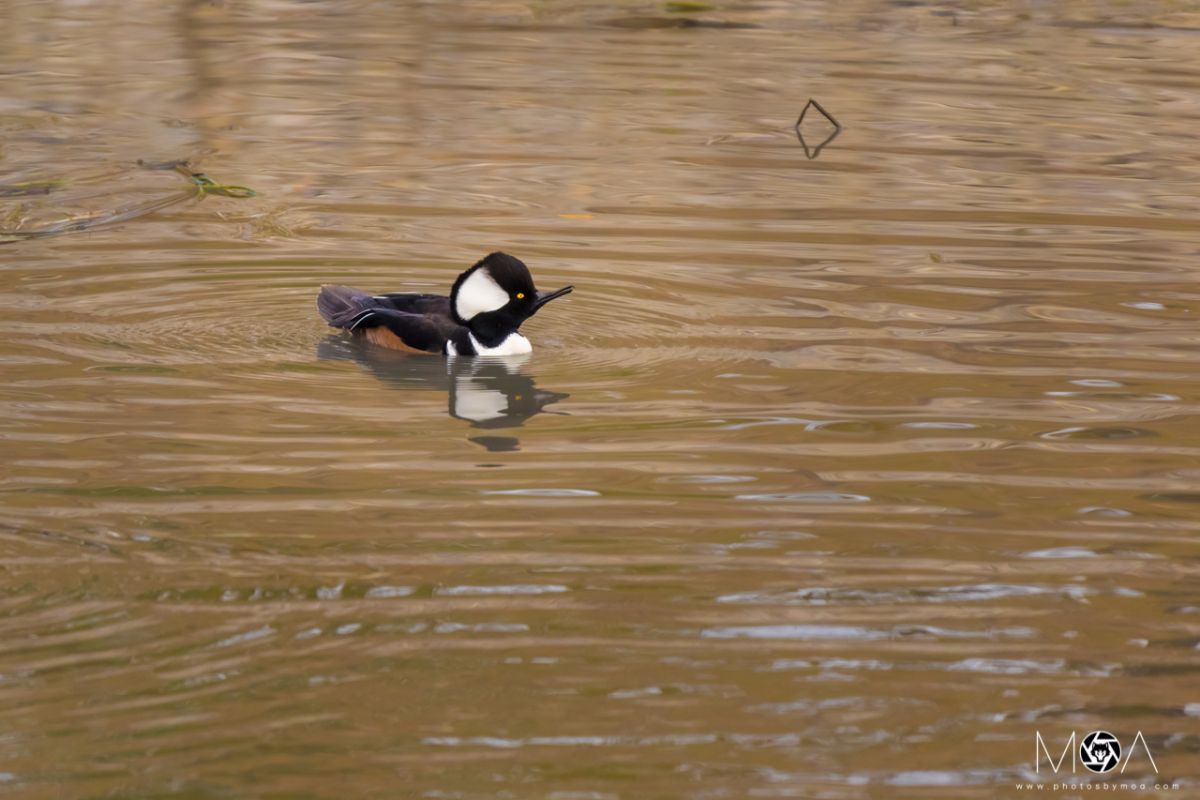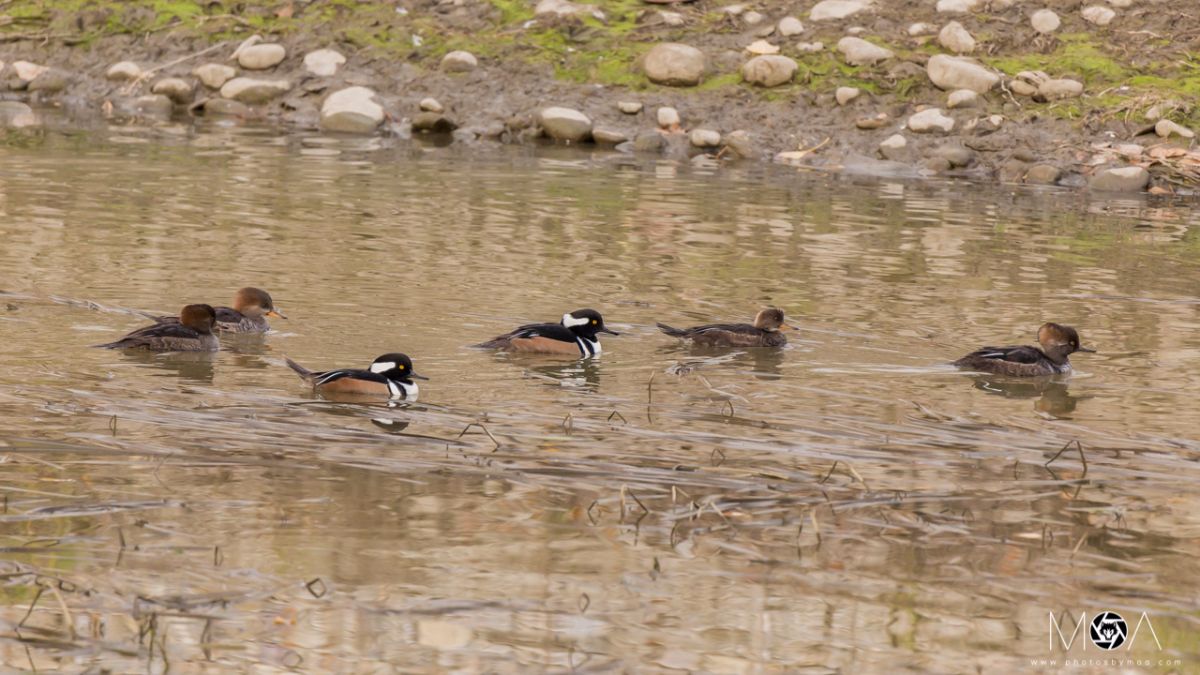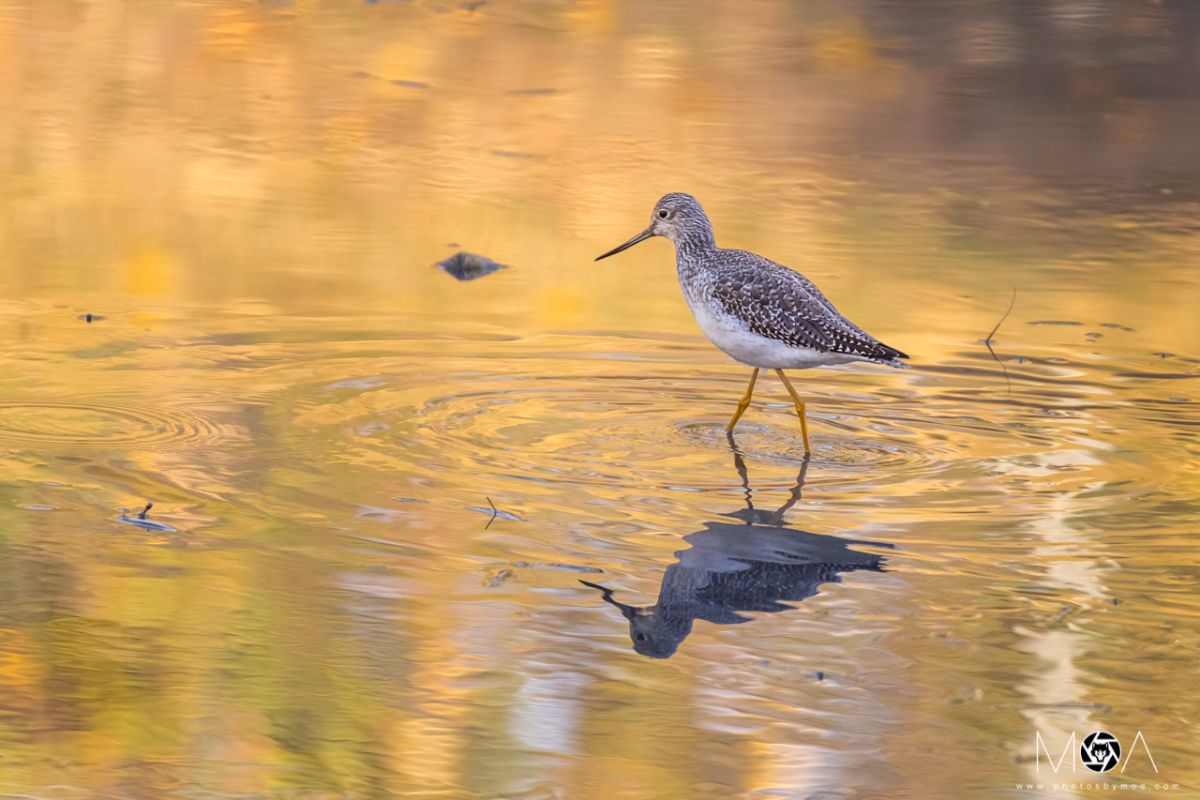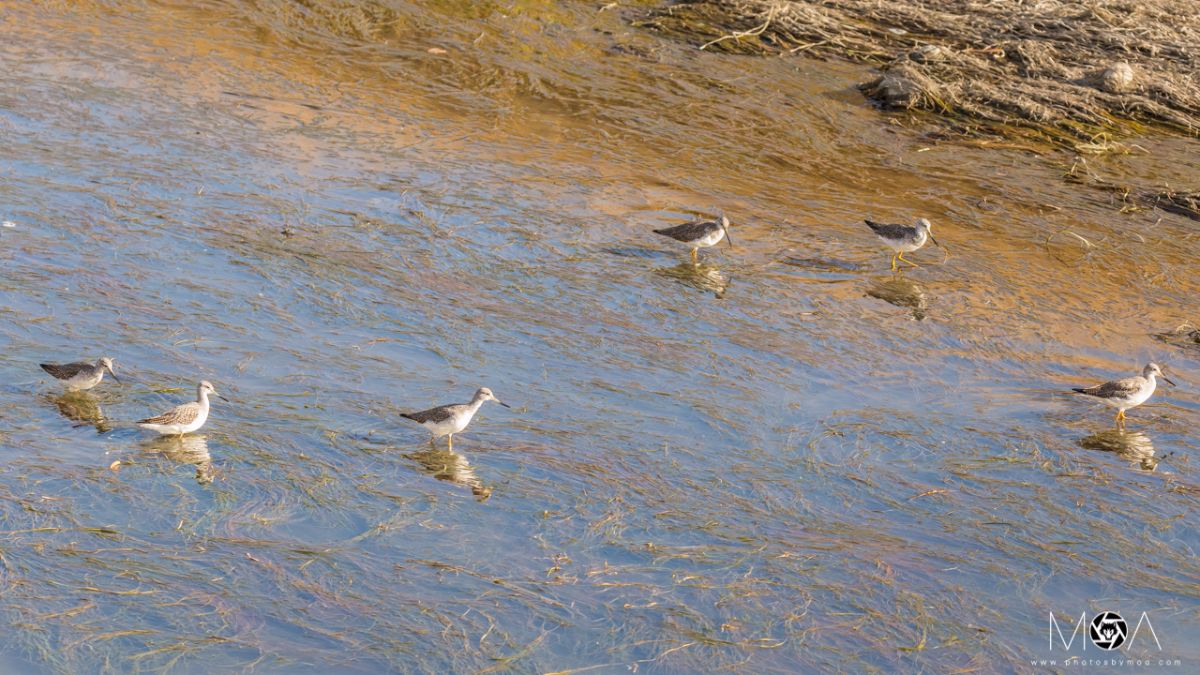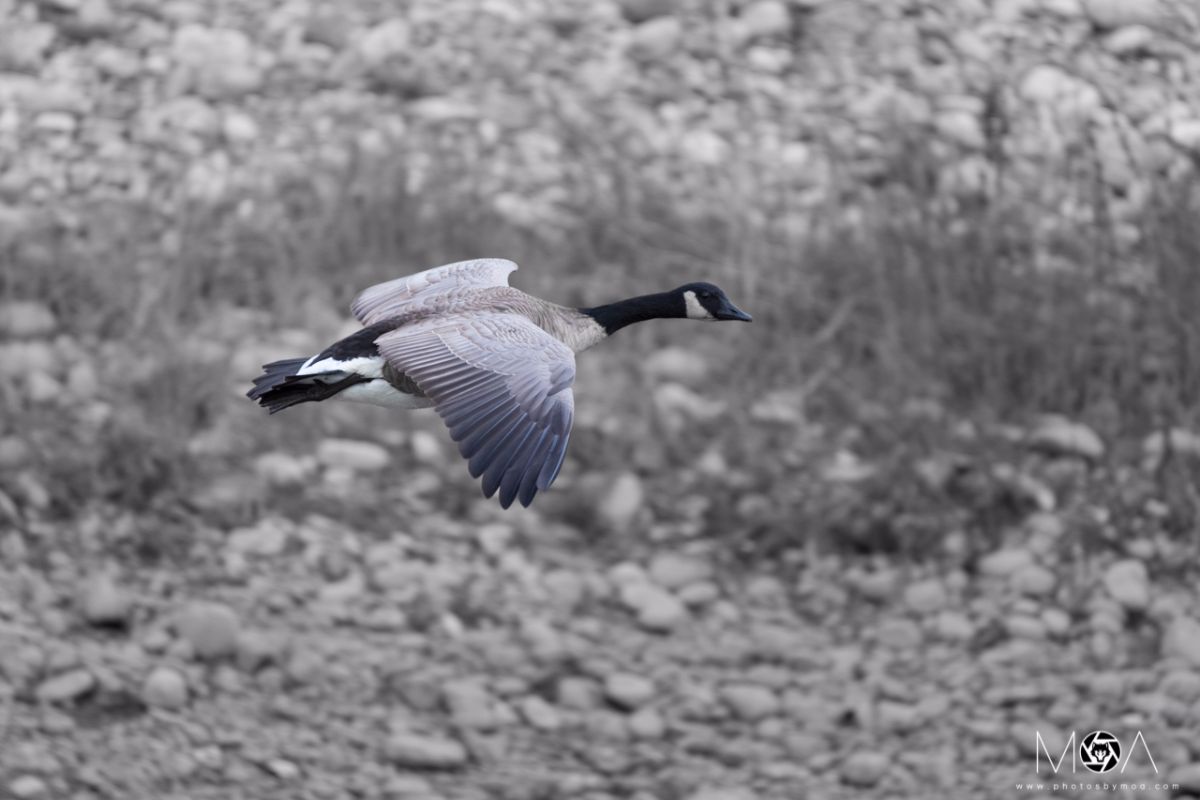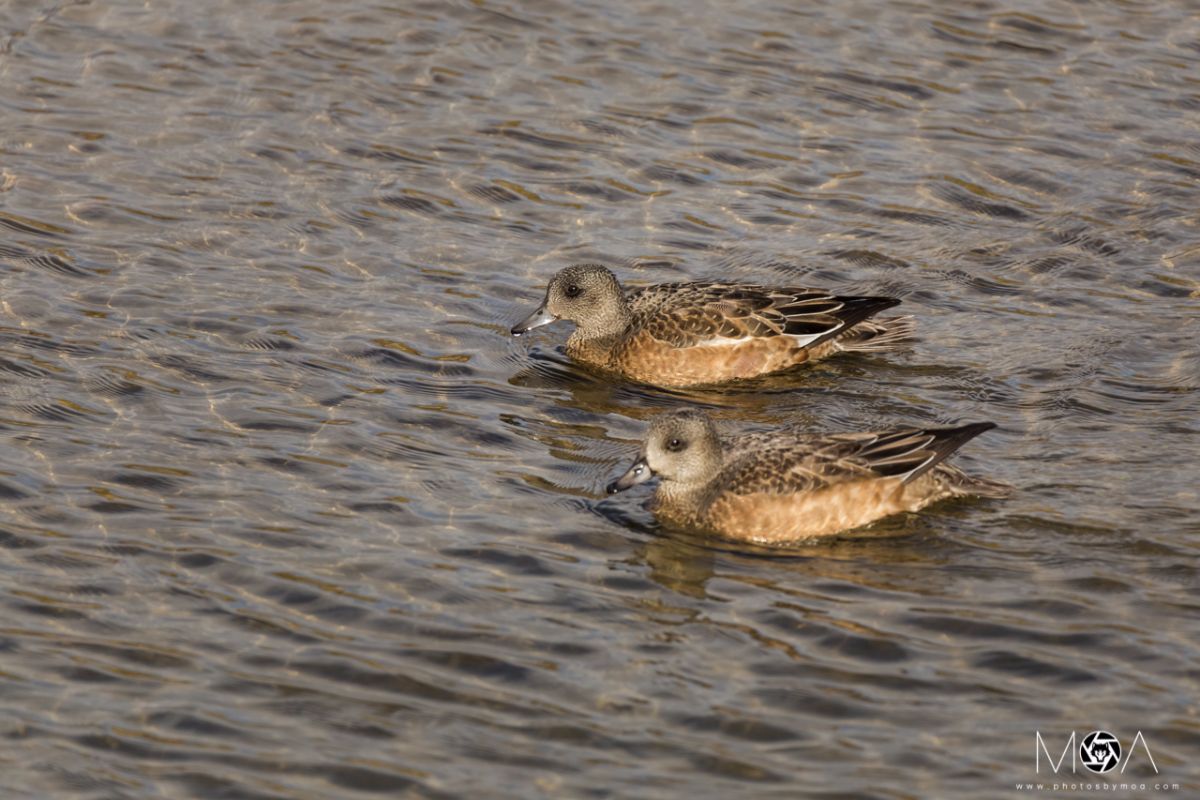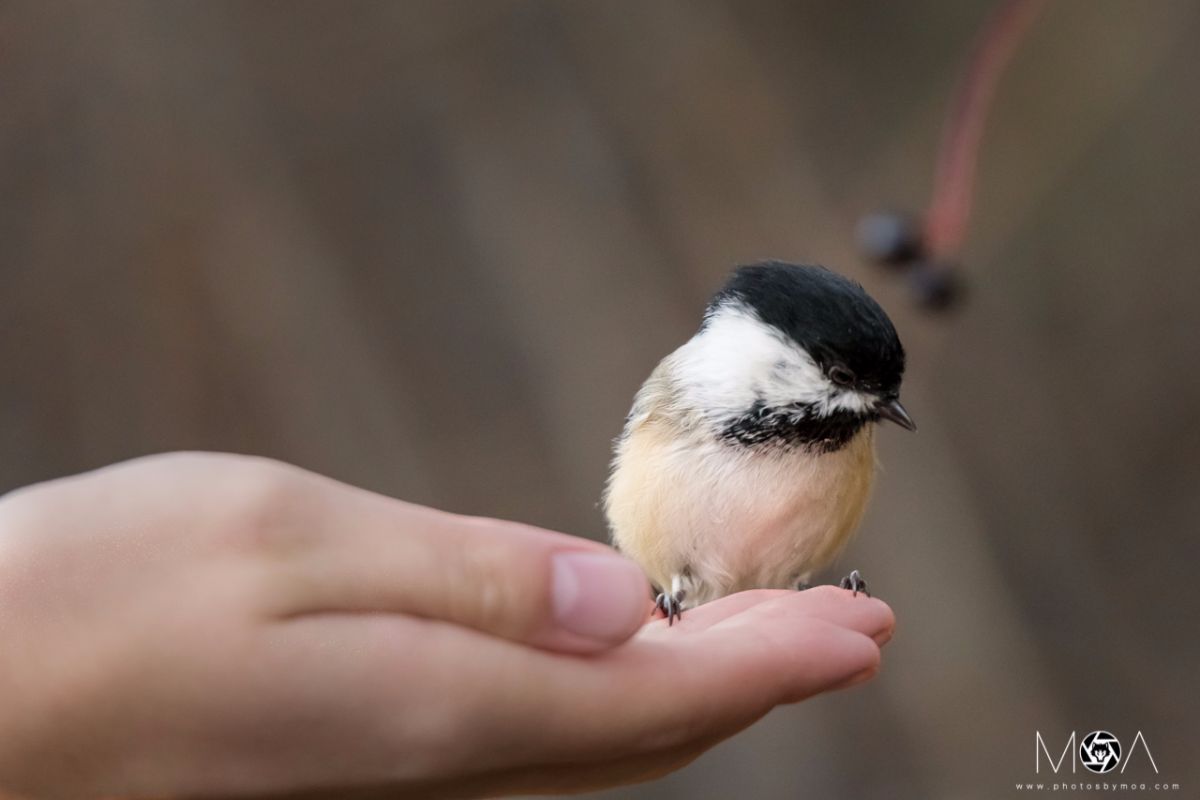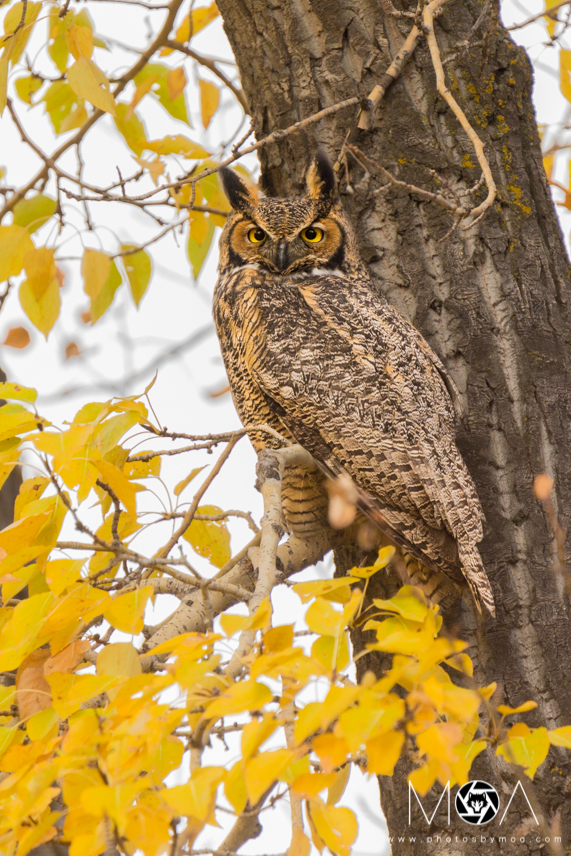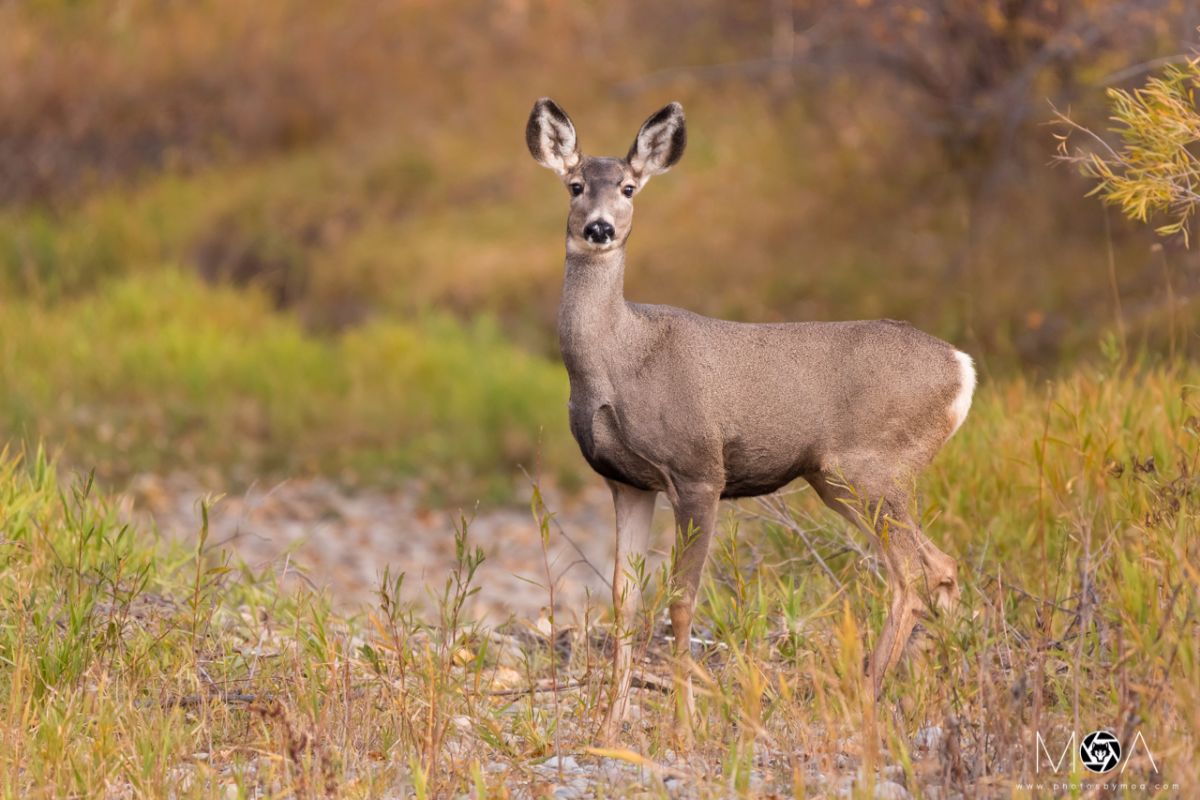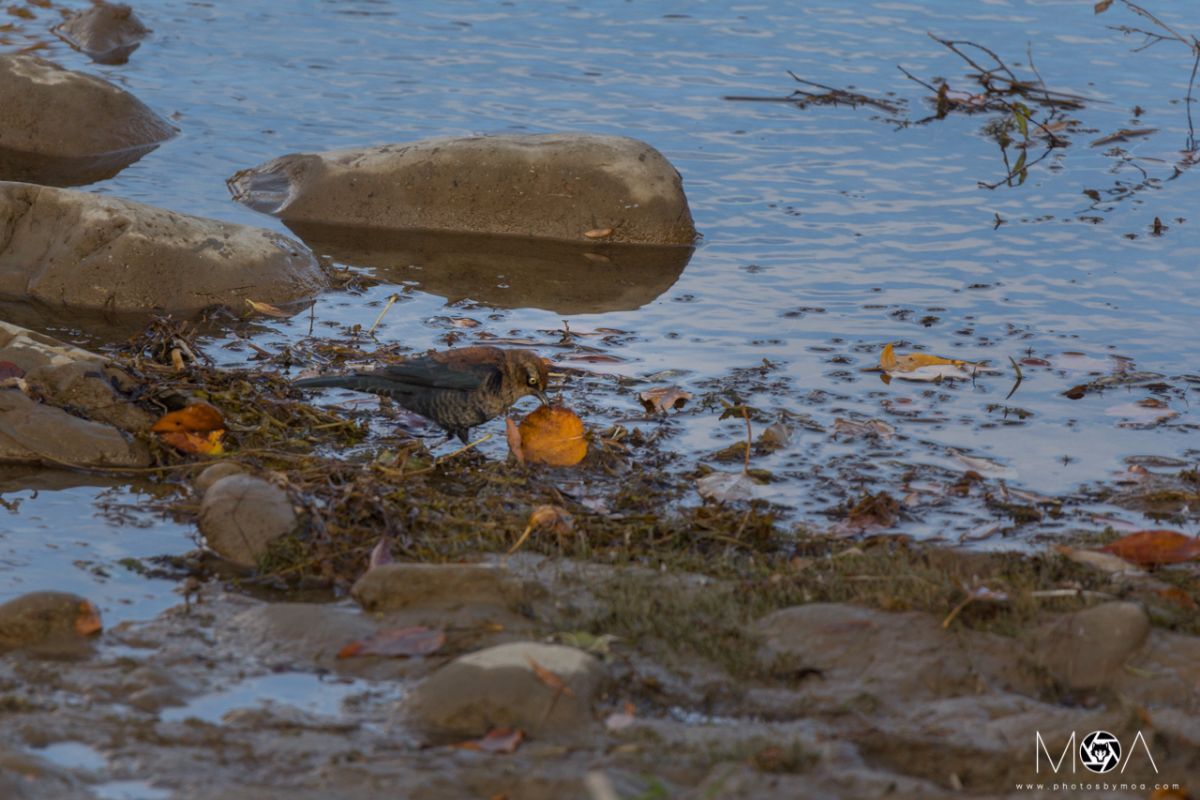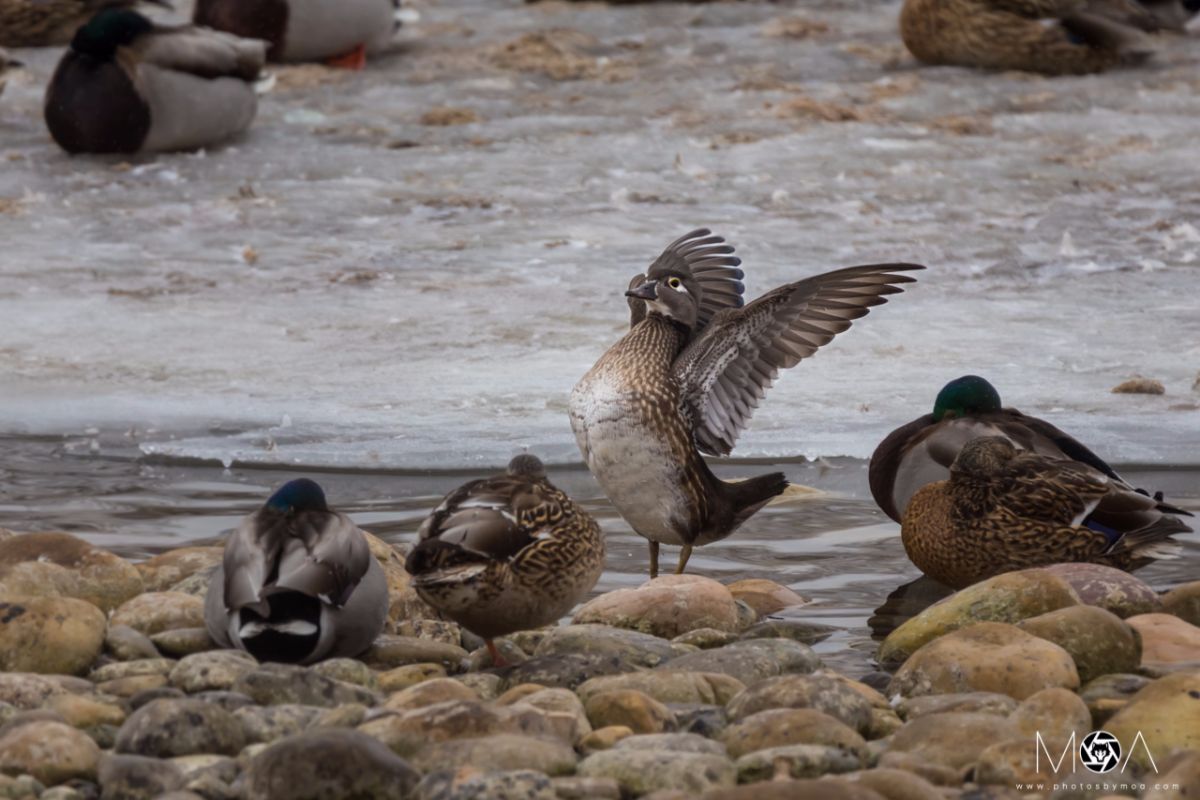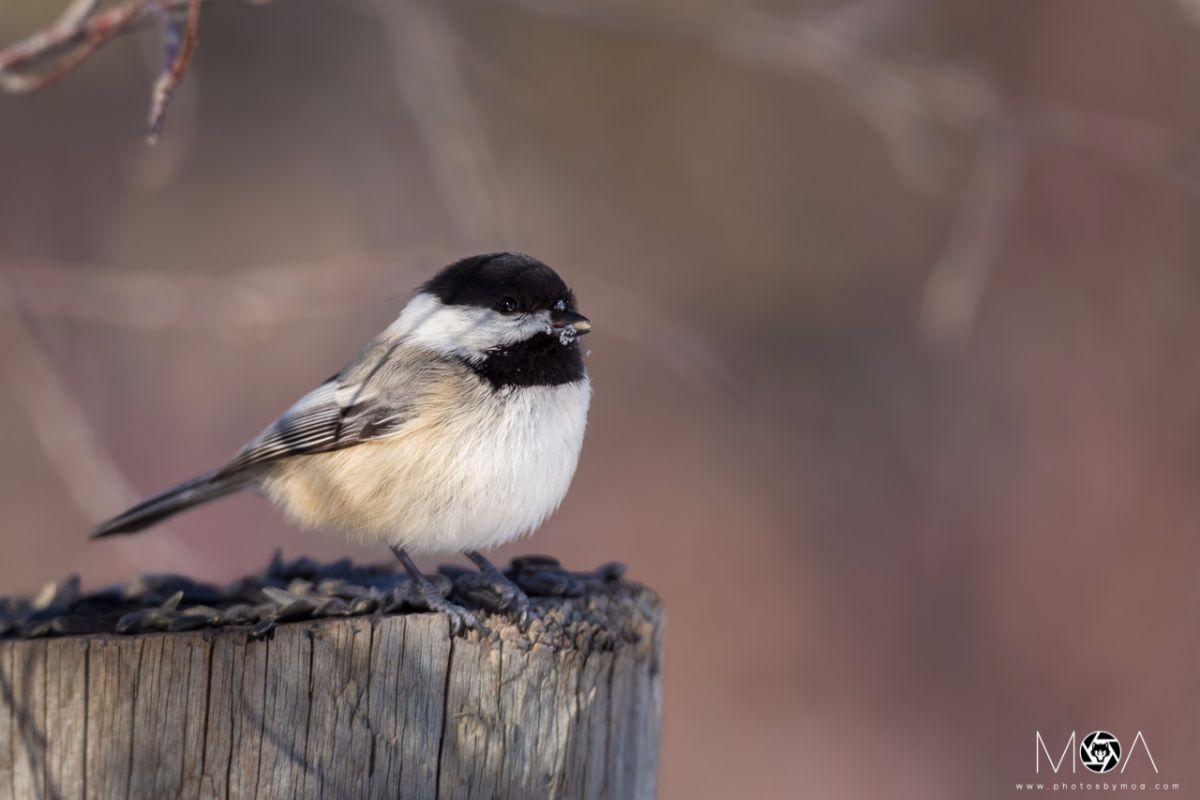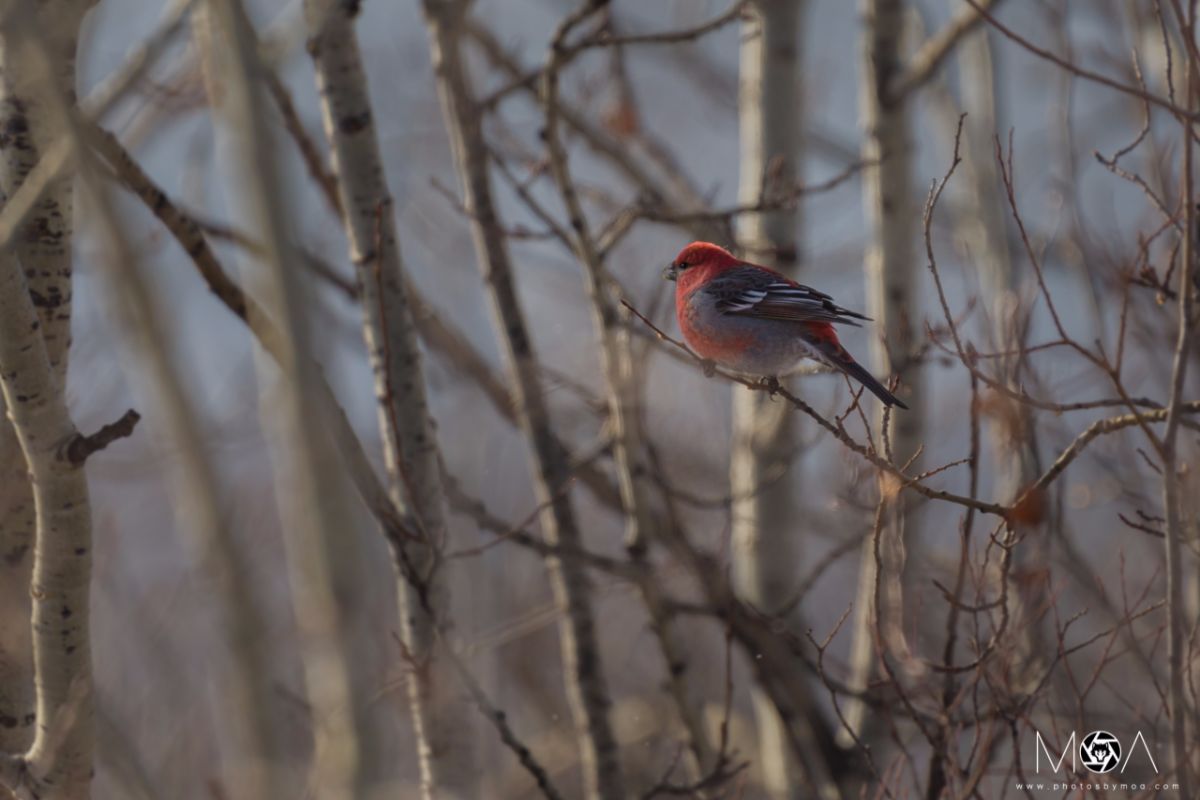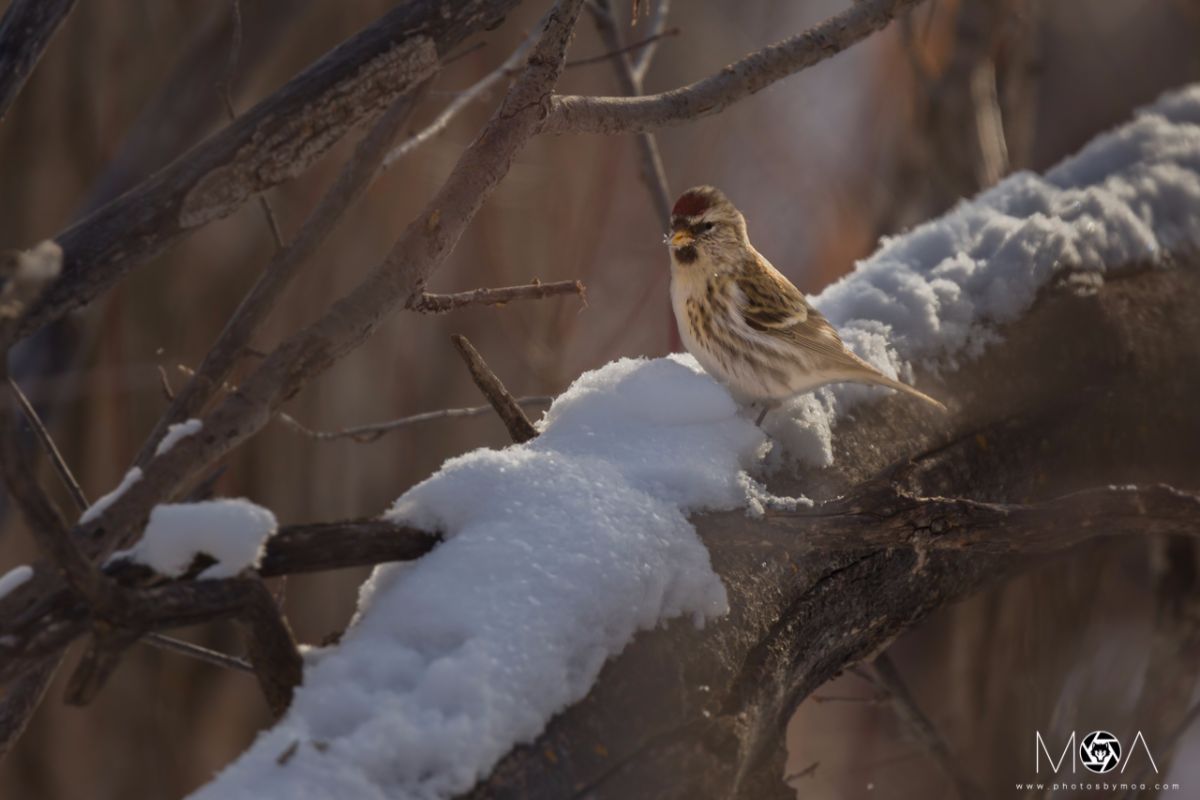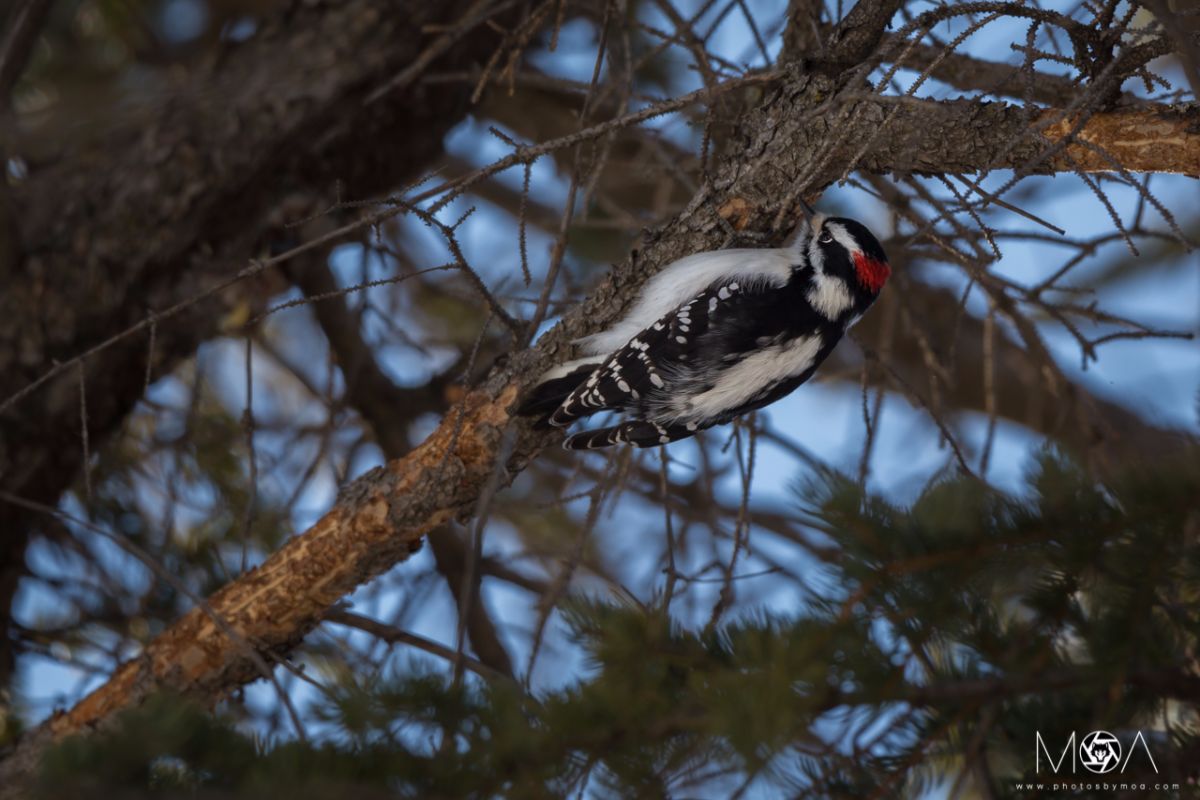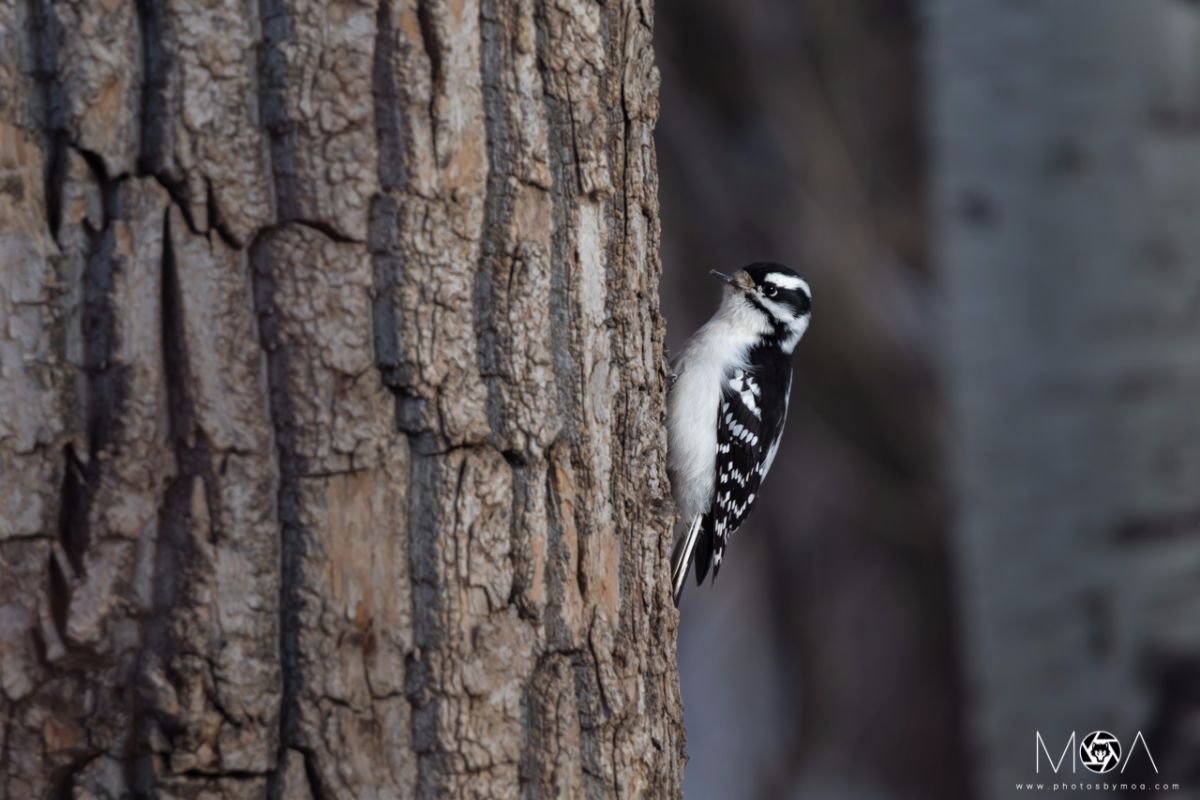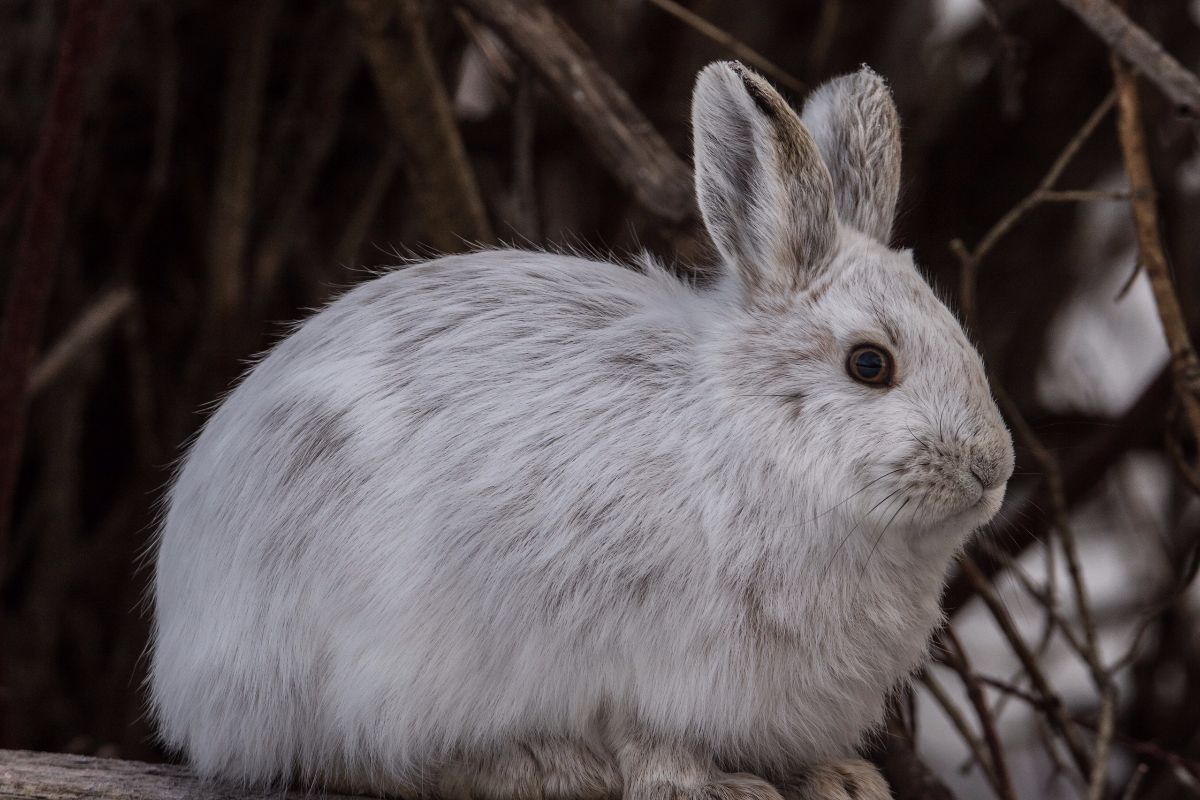Posted by Bob Lefebvre
It’s spring on the calendar and new migrants are arriving daily. Some of our winter birds have departed, and some of our resident birds are beginning to nest. Here are some photos of birds of late winter in Calgary. All photos by Tony LePrieur.

Bohemian Waxwing, Calgary, February 19, 2017.
Bohemian Waxwings are only here in the winter. Since mid-March only small flocks have been reported. Most have departed to the north and to higher elevations. By the end of April they all will be gone.

Mountain Chickadee, Weaselhead, Calgary, March 12, 2017.
Mountain Chickadees are only occasionally seen inside the city, and most often in the west end where the boreal forest creeps in. This winter there were several seen in the Weaselhead and in Fish Creek Park. They are usually absent in the summer, as they breed west of the city.

Pine Grosbeak (female), Calgary, February 19, 2017.
Pine Grosbeak are one of our winter finches and they were here in low numbers this winter. They move to higher elevations and to the north in the summer.

Downy Woodpecker, Weaselhead, Calgary, March 12, 2017.
Downys are one of our resident woodpeckers and they have been paired up for at least a month, and are now beginning to nest.

Northern Flicker (male intergrade Yellow-shafted/Red-shafted), Calgary, February 19, 2017.
Northern Flickers are also woodpeckers, but are migratory. However, many overwinter here, which may include local birds or ones from farther north. They are currently pairing up for nesting, and it is common to hear their calls and drumming (they often drum on metal chimneys or street lights).
Most of the local flickers are intergrades of the two subspecies (Red-shafted and Yellow-shafted) and they often show mixed field marks, as this bird does.

American Robin, Fish Creek Park, Calgary, March 4, 2017.
Robins are of course migratory, but there are always some (a few dozen to a couple hundred) that overwinter in the city. This bird, seen on March 4 with seven others, probably overwintered since it was a little too early for the migrants to return. Unusually, this looks like a female – most overwintering birds are males, trying to get an advantage in getting to breeding grounds earlier. Now, in early April, there are many migrating robins back, but they are almost all males, either passing through or claiming territories here. The females arrive later.

Dark-eyed Junco (Slate-colored subspecies), Calgary, March 4, 2017.
These native sparrows overwinter here in good numbers, and for a few weeks more there will be many migrants passing through. They breed here in the boreal forest and are far more common west of the city and farther north in the summer.

Pine Siskin, Calgary, March 4, 2017.
Siskins usually breed in coniferous forests (including in parts of Calgary), but when not breeding they move erratically around the continent in search of food. They are sometimes here in large numbers in the summer, and sometimes completely absent.

Black-capped Chickadee, Calgary, March 4, 2017.
A resident bird, they are paired up and beginning to nest now.
Finally, here are three shots of the immature Northern Goshawk from Queen’s Park Cemetery.

Northern Goshawk, Queen’s Park Cemetery, Calgary, February 12, 2017.

Northern Goshawk, Queen’s Park Cemetery, Calgary, February 12, 2017.

Northern Goshawk, Queen’s Park Cemetery, Calgary, February 19, 2017.
Goshawks are not common in Calgary but can be seen year-round. However, they breed in high-canopied mixed forests so adults are usually found at higher elevations and farther north in the summer. They are more commonly seen here in the winter.







